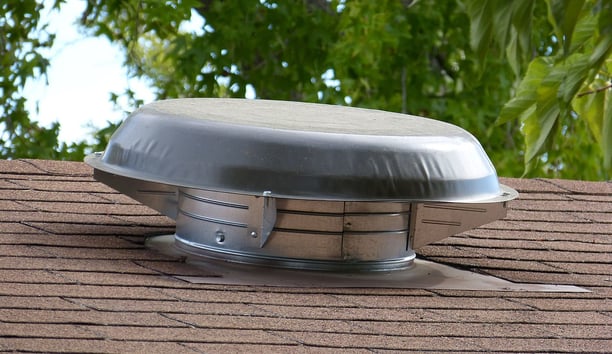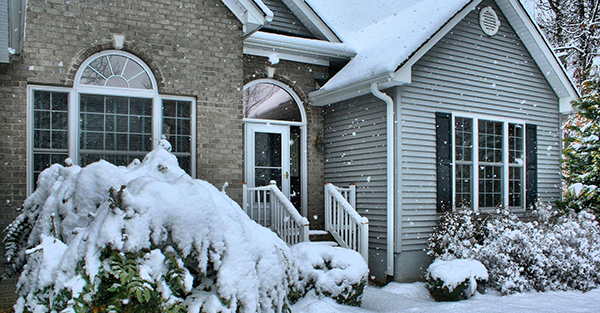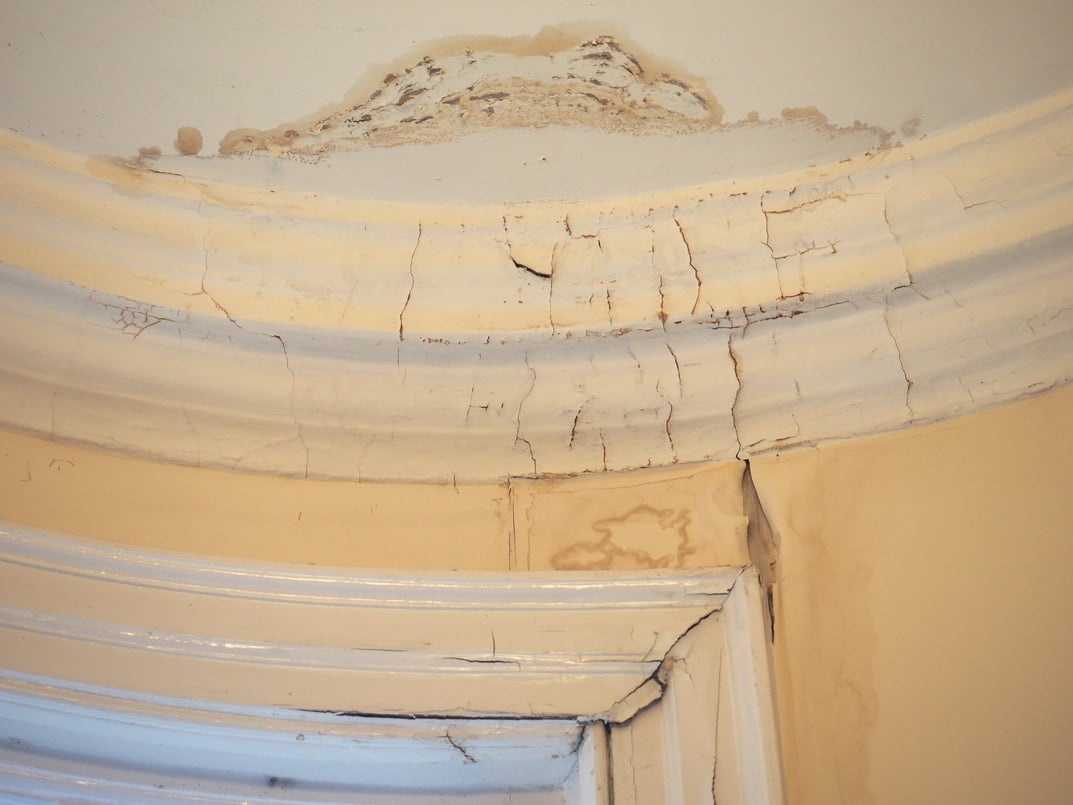 If you’re like many other homeowners, you rarely go into your attic, but it's very important that you think about it now and then. The condition of an attic can have a significant effect on the rest of your home and is an essential factor in the support structure of your roof. If the attic isn’t properly ventilated, it can lead to a wide range of issues.
If you’re like many other homeowners, you rarely go into your attic, but it's very important that you think about it now and then. The condition of an attic can have a significant effect on the rest of your home and is an essential factor in the support structure of your roof. If the attic isn’t properly ventilated, it can lead to a wide range of issues.
What does attic ventilation do for my home?
Attic ventilation is an intake and exhaust system that creates airflow, designed to decrease the difference in temperature between the outdoor air and the air inside the attic. Effective ventilation provides year-round benefits, creating a cooler attic in the summer and a drier attic in the winter. It requires a specific type of air movement that needs to be high volume and ongoing. Proper ventilation helps remove excess moisture and heat, which ultimately places less strain on roofing materials and helps extend their lifespans.
There are several different types of attic ventilation:
- Ridge and soffit vents: Ridge vents are installed along the roof line, and soffit vents are installed under the eaves. Ridge and soffit vents together provide passive ventilation both at the peak of your roof and the base of the roof.
- Fan-powered roof vents: This type of ventilation is basically a ridge vent with a built-in electrical fan that can speed up the circulation of air. It can either be wired to automatically turn on when the temperature in the attic reaches a certain point, or it can be turned on manually.
- Attic exhaust fan: Fans are installed in the gable instead of the peak of your home. Because this type of fan blows so much hot air out of the attic, it often requires additional (intake) ventilation to replace the air, such as a gable vent on the opposite side of the attic.
- Solar fans: Solar fans are powered by the sun, so they don't require electricity to operate. A solar fan is installed at the top of your home, connected to the attic and protruding from the roof. It works to effectively decrease the temperature in and remove humidity from the attic.
What can happen if I don't have proper ventilation?
Attic ventilation is specifically designed to remove hot, humid air from your attic to keep your home cooler and more comfortable without increasing the cost of air conditioning in the summer and without causing moisture-related problems in the winter. Hot air rises up from the lower levels of your home, and if it can't escape from the attic, it can cause extensive damage.
- Ice dams: When the roof is warm enough during the winter to melt the snow on it, ice dams can form. Melting snow runs down to the edge of the roof and into the gutters and re-freezes, forming a blockage. A buildup of ice can prevent water that is trying to escape from the roof from draining, forcing it to pool on the roof. Pooling water can then easily lead to water damage to the roof as well as other areas of your home, such as ceilings and walls. Proper attic ventilation plays a vital part in balancing the internal and external temperatures to prevent ice dams and water damage in the winter.
- Moisture buildup: When humid air is unable to escape from the attic, condensation can form. Unfortunately, moisture buildup in the attic may not be immediately obvious, so it can slowly cause extensive damage over time without you even noticing. An abundance of moisture in the attic is the ideal habitat for mold to grow, producing a health hazard for you and your family. Certain species of mold can aggravate or lead to health conditions, such as allergies, pneumonia, asthma, and other respiratory conditions.
If you're looking for professional Des Moines roofers who provide expert, quailty service, call Hedrick Construction! We can help you determine what (if anything) your attic or roofing system is missing and recommend a solution to help make your home healthier and more comfortable for everyone. Give us a call, ask us for a free quote, or download our free ebook below for more information about your roof.








Comments